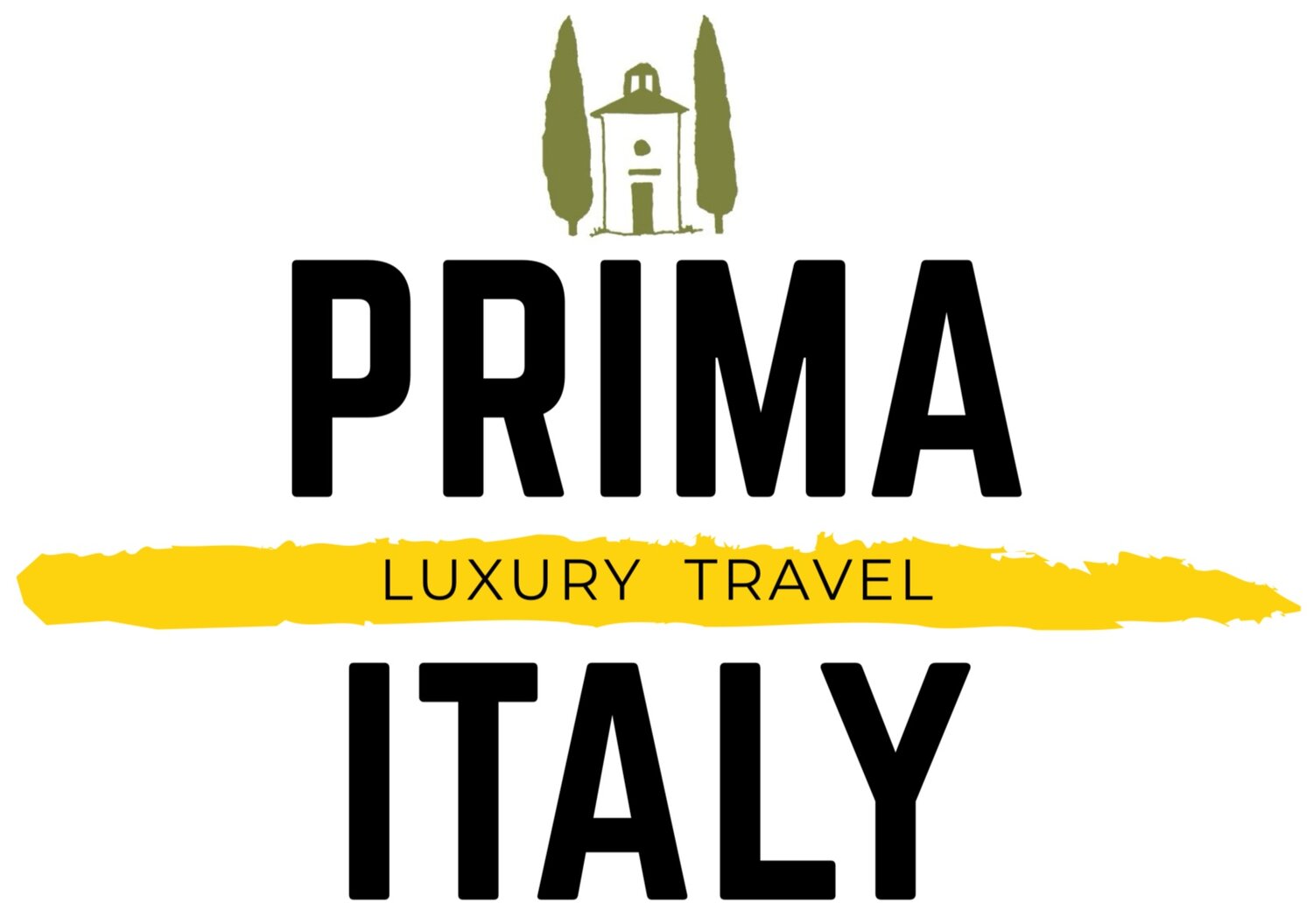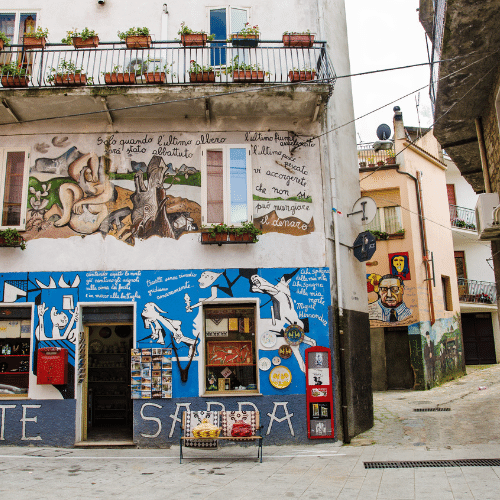Perhaps you’ve heard of Sardinia, but you may not know very much about it beyond dreamy photos of pale blue seas and white sand beaches.
Even in the age of Instagram, much of Sardinia remains mysterious to travelers. Historically, its rugged mountainous interior was uninviting and difficult to navigate, making it well-suited to shepherds and little else—except maybe bandits—for centuries.
Sardinia, or Sardegna as it is known in Italian, may be a part of Italy, but it is made up of its own unique culture, history, architecture, and cuisine, all of which set it apart from the rest of the country.
Visitors are usually lured by the island's pristine seaside and mild climate, but this is Europe, after all, so Sardegna—while undoubtedly a great destination for beach-goers—is also packed with plenty of sites for art vultures and history buffs to inspire your cultural cravings.
It’s also an undeniable hot spot for those who like to get active while traveling, with plenty of opportunities to adventure outdoors in the natural landscape of Sardinia.
Here are five fabulous reasons to visit Italy’s second-largest island on your next trip:
1. The beaches are magical.
Let's be honest: those pristine white sand beaches, stunning shorelines, and impressive rock formations set against an aquamarine sea are awe-inducing, to say the very least.
Throw a dart at the map of Sardinia, and you're bound to land on a stretch of sandy shore that looks like it’s in the Maldives or the Caribbean.
Whatever your idea of “beach paradise” is, it isn’t too hard to find it here. The sheer number of exquisite beaches (in other words, all of them) will make your heart soar, whether or not you consider yourself a beach bum.
If your time on the island is limited, narrow down your beach search by choosing a destination in one of Sardegna’s three national parks: The Golfo di Orosei e Del Gennargentu, the Archipelago Santa Maddalena, or the Parco Nazionale dell’Asinara.
My personal favorite for stunning scenery is on the eastern side of the island, around the Parco Nazionale del Golfo di Orosei e del Gennargentu. This national park is home to some of the island’s most staggeringly beautiful beaches.
Cala Luna, for example, is a true jewel, as is Cala Goloritzè, on the Baunei coast, an iconic landscape that represents the quintessential beauty of the Sardinian coast.
I recommend exploring this Eden by private boat, as this is the only way to fully immerse yourself in the experience of floating on transparent seas.
Aboard your private vessel, you’ll find yourself marveling at the towering marble and limestone cliffs above. Be sure to take the chance to jump in and snorkel in secluded coves among dolphins and in view of native island flamingos, getting to know the marine wildlife up-close.
2. The Nuraghe are unlike anything you've seen before.
Sardinia’s history is distinctive among Mediterranean islands and has been traced back to at least the Neolithic period and later the Bronze Age when the Phoenicians, the Carthaginians, and later the Romans settled here, leaving behind many lasting influences.
Prehistoric structures and artifacts from the ancient Nuragic civilization still stand throughout Sardinia, solid reminders of the island's ancient beginnings. To visit the Nuraghe is to step back into prehistory.
“Nuraghe” are what the Sardinians call the Bronze Age tower-fortress structures dotting the landscape. Generally composed of a central tower surrounded by a fortified court and a village, the Nuraghe are thought to have been centers of social life in early history. They are unique to Sardinia; no other examples of Nuraghe exist anywhere else in the world!
These astonishing megalithic fortresses are located throughout the island, with many located in the interior mountain valleys, which are best explored with a great local hiking guide.
For a deep-dive into Sardinia’s distinctive culture, set out for the day with a private guide who’ll introduce you to a local shepherd. Follow the same sheep paths used for centuries and scramble over rocks as you learn about Sardinia’s rich sheepherding culture and visit several nuragic strucutres.
After your exhilarating and educational walk, you’ll be rewarded with a traditional shepherd’s lunch of homemade ricotta cheese, smoked meats, wine and carta di musica—Sardinian flatbread.
3. It's an outdoor paradise perfect for adventures.
The rugged landscape and wild interior of Sardinia combined with phenomenal coastal trails have created a gold mine for those with adventurous spirits, making it a favorite of adrenaline junkies.
Sardegna's Selvaggio Blu Trail is one of the most spectacular hikes on the island! This three-day trek puts to use the skills of rock-climbing, rappelling, and hiking, leading you away from civilization to some of the most incredible and inaccessible points along the eastern coast.
The unbelievable views of the Mediterranean you’ll encounter along the way are sure to keep you motivated until the very end.
For those that might not be quite so adventurous as all that, I can organize an easy, softer, family-friendly adventures, like hike or canyoning with an expert instructor in the magnificent Gorropu Gorge, Sardinia’s version of the Grand Canyon.
I can also arrange lively off-road adventures or easy bike rides exploring the Nuragic Tiscali Complex, combined with a picnic lunch and a relaxing boat ride back to your hotel.
4. Its arts and crafts heritage is exceptional.
The Sardinian tradition of arts and crafts draws inspiration from the stark contrasts of the surrounding nature, as well as from age-old cultural traditions.
Some of the island’s most exquisite works come in the form of textiles, ceramics, lace, basketry, woven carpets, metal filigree, and wood carvings. The astonishing craftsmanship and artistry varies greatly between the different artisans, with no two styles of craft looking quite the same. Supporting these local artisans is a highlight of visiting the central Sardinian villages.
As an island that has historically been weary of outside influence and political oppression, Sardegna reflects a subculture of political dissent. View the captivating murals in town of Orgosolo, an otherwise quaint village that was once a hotspot for banditry, which plagued the region in the 1950s. The bandits are long gone, replaced by the political outrage of the locals, who painted their town top-to-bottom with emotionally-charged graffiti and murals depicting political struggles and protest statements.
5. The food and wine scene is world-class.
Many of us learn a place best by its food, and it's these memories of taste that often leave us with our strongest memories of a destination. This rings true in Italy, perhaps more so than anywhere else. Sardegna's cuisine is as distinctive and varied as the island itself, with cooking styles and dishes that differ dramatically depending on the region and sometimes even the town.
Despite being surrounded by water, fish and seafood are far less prominent in Sardinia than you might expect. Perhaps surprisingly—or not so surprisingly, if you consider the high ratio of sheep to people—Sardinia’s most important food is cheese, namely Pecorino Fiore Sardo, a hint at the longstanding importance of shepherds in Sardinian culture.
For wine lovers who enjoy discovering a region through its varietals, Sardinia should earn a spot on your bucket list purely for their rare and delicious wines. Since their varietals are not exported off the island in great numbers, they're a joy to discover local to the places they’re created, especially when paired with the island's remarkable cuisine.
I’d love to customize an itinerary to Sardinia—or anywhere else in Italy or Europe—just for you, your family, or your small group, taking into account your unique interests and tastes. Just say the word, and I’ll share ideas and inspiration for your next trip to my favorite part of the world.
















